To go in the dark with a light is to know the light.
I’ve been sinking into the darkness this December, really relishing in the long nights that mark the approach of solstice. At this time of year, the earth tilts so that the northern hemisphere is the furthest it can be from the sun, making the nights long, and they will get longer until the winter solstice, which is the longest night of the year. After the solstice the earth tilts back, nights get shorter and the days get longer, until the summer solstice, the longest day of the year. Throughout time the winter solstice has been celebrated and ritualized for the “return of light,” with hope, warmth and comfort in its wake.
Although, this post is about the dark. It is about the time before the light returns. It is the state we are in, when the light comes; but it’s not there yet. It’s dark. My obsession, nay intention, about sinking into darkness is in direct response to an internal longing for restfulness and reflectiveness that I get at this time of year...It’s also a counter move against the constant positive spin our culture puts on everything. As Wendell Berry said in the poem above, to know the dark, go dark. I’m going dark.
What about the mysterious? What about that which cannot be measured or quantified? We are forgetting that we are human beings, not a slew of numbers and statistics. We are losing our ability to be in relationship with the unknown, even though we spend most of our lives in this space.
Even within the modern culture of yoga, there is a skew towards focusing on positivity, and upward movement of the psyche towards betterment and progress. What happens to your practice when you are sorrowful and there is downward movement in your soul and psyche? That yoga, no longer fits. It’s not sustainable. Heck, even the word enlightenment gets so much more positive press than endarkenment.
I first heard of this word, endarkenment, in this 12 minute video by Joan Sutherland called The Radiance of the Dark She says that the universe is made up of 96% dark matter. 96%! That leaves only 4 % light. I found that statistic staggering, in our culture that undeniably values light (literally and metaphorically).
I watched the video a few times and every time I hear something more. It’s become one of my favourites Recently, I jotted down all the words or themes that related to darkness as I watched.I also jotted down word that related to light, for comparison sake. To explain endarkenment, I thought I’d just share my list with you.
Interesting, huh?!
We desperately need to change our relationship to the dark. Understanding the dark isn’t about looking for, or turning on the light switch, it’s about forming a relationship with the dark itself. Darkness is not a mistake. Part of the human condition is suffering...not to minimize it but to encourage you/me/us/world to understand that we are equipped to benefit from the dark. To find support there. Just like a seed draws on the cool, dark, moist soil to prepare to germinate, our inner darkness can be fertile. It needs to be included as part of our healing. Some questions for reflection... How to the words above resonate within you? What happens for you in the dark? What is your particular dream? Does your body experience endarkenment in different ways than your mind? How can you welcome that which you exclude from your life? What deep and dark currents can you rely on? How can you lay back into the mystery and unknowing? Are you willing to participate in your darkness? In Darkness, Sandy ps. I'd love to hear your thoughts and reflections. Leave a comment below!
2 Comments
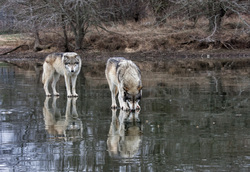 Taking wisdom from the Cherokee culture today...this is a wonderful story about the importance of making space for ALL of your experiences; whether you perceive them as positive or negative. This rendition of the story I got from ServiceSpace's weekly email called InnerNet Weekly (February 5th 2013) and it's called "Beyond the Conflict of Inner Forces." An old Cherokee is teaching his grandson about life: “A fight is going on inside me,” he said to the boy.”It is a terrible fight and it is between two wolves. One is evil – he is anger, envy, sorrow, regret, greed, arrogance, self-pity, guilt, resentment, inferiority, lies, false pride, superiority, and ego.” He continued, “The other is good – he is joy, peace, love, hope, serenity, humility, kindness, benevolence, empathy, generosity, truth, compassion, and faith. The same fight is going on inside you – and inside every other person, too.” The grandson thought about it for a minute and then asked his grandfather: “Which wolf will win?” You might heard the story ends like this: The old Cherokee simply replied, “The one you feed.” In the Cherokee world, however, the story ends this way: The old Cherokee simply replied, “If you feed them right, they both win.” and the story goes on: “You see, if I only choose to feed the white wolf, the black one will be hiding around every corner waiting for me to become distracted or weak and jump to get the attention he craves. He will always be angry and always fighting the white wolf. But if I acknowledge him, he is happy and the white wolf is happy and we all win. For the black wolf has many qualities – tenacity, courage, fearlessness, strong-willed and great strategic thinking – that I have need of at times and that the white wolf lacks. But the white wolf has compassion, caring, strength and the ability to recognize what is in the best interest of all. "You see, son, the white wolf needs the black wolf at his side. To feed only one would starve the other and they will become uncontrollable. To feed and care for both means they will serve you well and do nothing that is not a part of something greater, something good, something of life. Feed them both and there will be no more internal struggle for your attention. And when there is no battle inside, you can listen to the voices of deeper knowing that will guide you in choosing what is right in every circumstance. Peace, my son, is the Cherokee mission in life. A man or a woman who has peace inside has everything. A man or a woman who is pulled apart by the war inside him or her has nothing. "How you choose to interact with the opposing forces within you will determine your life. Starve one or the other or guide them both.” Here is a moving rendition of Amazing Grace. It's the Cherokee version, done by Walela. Best experienced with the volume turned up, and headphones on. From my heart to yours, Sandy 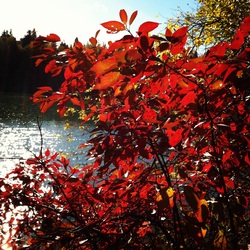 I can’t be the only person on this planet who has struggled with holding the pain of grief and “thanks-giving” at the same time. Just today, I heard an ad on the radio outlining the things we should be grateful for. That one word, “should,” got my back up. Gratitude has become a buzz word, and I’ve often wondered how many people (myself included) really understand what gratitude is? In our busy distracted world I wonder if people really do feel and experience a deep sense of thankfulness and appreciation instead of just saying they do? Especially in the face of loss and grief. Back in October 2006, I attended our annual family thanksgiving dinner fill with dread. All 40 of us circle around the room and state what we are thankful for. That year, I had nothing. Cam died 4 months prior, I was overcome by the largeness of my loss. As CS Lewis wrote in A Grief Observed, about his wife’s death, “her absence is like the sky, spread over everything.” There was a lot I should have said, and even could have said, but I didn’t. I could have said, “I am grateful for my health,” but instead I agonized over, “Why wasn’t he healthy?” I could have said, “I’m thankful for having him in my life,” which simply reinforced how much I lost and how much I still wanted him in my life. I could have said, “I’m grateful for my family,” but the only person I was looking for in that crowded room was him. Gratefulness felt trite. Empty. Impossible. Earlier that October day I had been sitting outside in the fall sunshine. I closed my eyes and absorbed the warmth of the sun. I could smell the crispness of fall in the air. I heard the flap of a bird’s wings as it flew overhead and stared in awe at the mere fact I just heard a bird flying. I felt something in those experiences. I absorbed, smelt, heard, and felt awe. But, I can’t say I took the time to appreciate them. And yet, looking back, these glimpses of experiences that were so small brought large amounts relief and reprieve. Now I see that what I needed at the time was to not only understand the power of gratitude but to shift my expectations of it. To forget what the world thinks I SHOULD be grateful for and find things that move me to a natural state of deep appreciation and kindness…and beyond that, recognize that state as gratitude itself. In wrestling with this over the years, I have learnt some valuable lessons about how to make gratitude a more accessible experience even in the face of grief. 1. Be flexible with your expectations around gratitude. Gratitude is malleable, and your perception of gratitude will change depending on life circumstances. There may be times in your life when your gratefulness spans life-times and relationships, and there may be other times when you are grateful to get through a moment. For example, when you are healthy, it’s easy to say, “I’m grateful for good health.” After a life threatening diagnosis, your expectation of gratitude may change to being grateful for good lab results, or a good report from a surgeon. Your benchmark of gratitude has shifted and this flexibility allows you to find gratitude despite challenging situations. 2. Slow down enough to notice the small things. Think of gratitude as a practice of mindfulness. On my daily dog walk I could go over projects, to do lists, mentally solve all my problems and do all my thinking, but instead of being “mind full” I try to be mindful. I try to get out of my head and into my body. I engage my senses and take the time to notice the beauty around me; to see the slanted light shining through a grove of trees or the red fall leaves against a bright blue sky, hear the crunch of snow under my boot on an otherwise silent morning, smell the pine tree as I walk under it, the relief and release I feel after in my chest and shoulders after a deep sigh. Instead of these small things going un-noticed, they become an intentional exercise in appreciation. Thich Nhat Hanh says, "People usually consider walking on water or in thin air a miracle. But I think the real miracle is not to walk either on water or in thin air, but to walk on earth. Every day we are engaged in a miracle which we don't even recognize: a blue sky, white clouds, green leaves, the black, curious eyes of a child - our own two eyes. All is a miracle." 3. Let it sink in. Take the small things and the beautiful things, and make them big things. Be open to feeling the shift in perception when something sparks that fire of appreciation and relief within you. That spark is what we are grateful for – it’s a feeling, a visceral response that brings us much-needed reprieve… 4. Understand that gratefulness is not about denial of loss and grief. Alternatively, we become more aware of the fullness of life – the beauty and the pain. Holding both means full engagement of the heart, full compassion, full living. Zora Neale Hurston captured both profound life and profound gratitude when she said, “I have been in Sorrow's kitchen and licked out all the pots. Then I have stood on the peaky mountain wrapped in rainbows, with a harp and sword in my hands.” This thanksgiving, take time to slow down, and notice the small things. Gratitude helps to build courage, resilience, feelings of connection and well-being and sometimes we have to be intentional about finding these moments and letting them grace us. Warmly, Sandy On the topic of Gratitude, I have found these sites invaluable: http://www.huffingtonpost.com/ashley-davis-bush/happiness-tips_b_3790758.html http://www.ashleydavisbush.com/general/its-all-about-beauty/ http://www.gratefulness.org/index.htm http://www.youtube.com/watch?v=tDVF4x8h-8I  Today, Sept 22 marks the Autumn Equinox. A time of year when the tilt of the earth is neither towards nor away from the sun. We experience this as having equal amounts of daylight hours, to nighttime hours. In fact, the name "equinox" is derived from the Latin aequus (equal) and nox (night). Equinox is literally a time of balance - the earth is balanced on its axis, and light/dark is balanced. It can also be viewed as a time to reflect upon the metaphorical balance within our lives. The key word being balance – a state of equilibrium, steadiness, stability, and harmony. Taking a moment to reflect on your life, in what areas do you feel balanced? Unbalanced? In the realms of grief and suffering, do you feel able to compassionately find balance between the darkness and lightness of your experience? In reflecting on the possibility of balancing the darkness and light of your life, it’s important to humbly remember that you can’t have one without the other. The depth of your grief (darkness) reflects the depth of your love (light). You wouldn’t see the light of the moon if the sky weren’t dark. You would never experience the bright warmth of a spring thaw, if you didn’t endure a cold dark winter. When you think back to a joyful memory of a loved one, you may laugh and then cry because both the joy and the pain are equally valuable representations of the effect of that person’s life on your own. I’ve come to know that darkness is the chair on which light sits. I remember the first time I felt “light” after Cam died. It was during a meditation and yoga retreat. We were doing a walking meditation, and I noticed an overwhelming sense of lightness and openness in my hips. I felt like I was floating, but at the same time so deeply connected to my body. I was completely entranced by this feeling of lightness – it felt new, different, and wonderful compared to the darkness that had overtaken my life for the previous 6 months. In those moments, the feeling of lightness and openness in my hips, morphed into such gratitude and wonder at the miracle of my body, and the depth of sensation. It was such a striking contrast to the heaviness and disconnection I had been feeling. I remember feeling both surprised and hopeful that there was joy buried beneath the layers of grief. Despite this good feeling/bad feeling perception, I have learnt that healing grief requires movement towards your pain and suffering…which means an intentional willingness to embrace your pain and sit in darkness. Dark Night of The Soul stuff. That, however, doesn’t eliminate the opportunity for finding some light. Even if it’s just noticing the warmth of the sun on your back, watching a bird float on the breeze, eating a tart juicy raspberry. In fact, it’s those moments of mindfulness and awareness that can bring much reprieve and calm in the middle of a storm. It was a wonderful lesson, feeling light in my walking meditation. For me, it has been a practice in “intentional attention,” because, for some reason, it seems that pain is more noticeable, and more easily remembered than feelings of contentment or ease or happiness. Simply making that observation has been instrumental in giving experiences that are light more focused attention. I’m more open to noticing it, and intentional about really experiencing it. I believe that yoga and meditation are doorways into experiencing balance. You develop physical, muscular and postural balance. You learn ways to bring lightness and openness to the body – through movement and breath. You develop equanimity towards your emotions and thoughts by experiencing their flow, and their impermance. Perhaps most importantly, you are invited to slow down enough to notice it all. The equinox is the perfect time to reflect on balance in your life. In Autumn, it’s an opportunity to look backward to reflect on the fullness and abundance of your harvest; and look ahead into the next season of fading sunlight and increasing darkness and contemplating what that means in your life as well. Why is this important? Because when we are in a state of balance we are stronger, steadier and more able to find resilience within ourselves. And I think everyone would agree, feeling good feels good. Part of loving yourself, is giving yourself permission to do just that! Make space to hold both. Namaste. Sandy This past week, much of the southern part of our province was devastated by floods. Including the area and trail we were planning to go to hang our prayer flags. A disaster of this scale, epic porportions, made the decision unquestionable - we weren't going near it. Safety was our primary concern, as well as staying away for the emergency workers to do their jobs. However, being the anniversary of Cam's death, it felt really important to do something. So we changed our plans and went north to Jasper National Park. Our trip turned into a spontaneous adventure - not quite sure what we would do, or where we would stay. In the end, our weekend turned out perfect. I would hazard a guess that it worked out better than the trip we had planned. We hiked up the Bald Hills trail in Jasper, which has become my new favourite trail! We reached the top, had a picnic, and then rested in the meadow - taking a wee savasana. We honoured solstice and Aborigonal day with an Iroquois Prayer of Thanksgiving for the Earth while sitting on a mountain top overlooking Maligne Lake. After dinner, we hiked up to Mount Edith Cavell and sat beneath Angel Glacier at sunset, surrounded and protected by massive, powerful guardians of rock and ice. We hung our prayer flags there to be infused with the energy and light of the "supermoon" over night - the closest and largest full moon of 2013. That night, we stayed at the Edith Cavell Rustic Hostel, on bunk beds, with a wood burning fire glowing in the stove. The next day, we went back to Edith Cavell to get our prayer flags. We wanted to bring them home, hang them in the yard, and be close to them for a while. And, as if that wasn't enough, we made one last pit stop at Athabasca Falls. There is something so powerful about being in places that render you speechless for their beauty and power. Our weekend was so deep. So honouring. I felt I had nurtured my mind, body and spirit. It was my yoga.
In A Grief Observed by CS Lewis he writes, "There was no sudden, striking and emotional transition. Like the warming of a room or the coming of daylight, when you first notice them they have already been going on for some time." And, when I look back on the past 7 years - the steps forwards and the steps backward - I see that there has been net gain towards integration and understanding how grief has forever changed me...and what my changed self needs to find ways to honour that which has changed me... ...like the way a glacier carves it's way through rock - changing the landscape forever... ...like the way a mountain meadow bursts with wildflowers, seemingly with no warning except warmer days... ...the rhythms and cycles of nature...seasons...full moons...dawn...dusk... ....cold rooms warmed by glowing fires...prayer flags... Namaste, Sandy 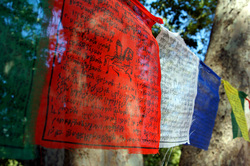 This June will mark the 7th year since the death that changed the trajectory of my life. I struggle with what to "do" on the "anniversary." The date always seems to loom just around the corner marking time. Nonetheless, it is significant. It's the day I changed. It's the day I was uprooted, and eventually replanted with the wisdom in my bones that death brings. It's how I got here, teaching yoga for grief support and being drawn to walk alongside others who have experienced a loss. I decided a few years back that I wanted to go to the mountains each June, to reflect on my own experience of loss and growth, in a place where I can immerse myself in the vastness and wonder of it all. This year, at summer solstice, I'm going to hike "Vision Quest Ridge" in Nordegg, Alberta. A short, steep hike to panoramic views of the Rocky Mountains and Abraham Lake. As per the name, this hike passes an old vision quest site, which drew me in. It seemed supportive and appropriate that we would be on ancient native land, where so many people before have been to seek spiritual guidance and purpose. You can see photos of it by clicking here. I've heard from others who have done this hike that there are prayer flags tied in a tree to mark the site. That inspired me to take a prayer flag with me, to create ritual and ceremony around the intention of my hike. I've seen them for purchase at a variety of stores, but I hesitated to buy one for myself because I didn't understand the deeper meaning of the symbols and prayers inscribed upon them. Nevertheless, I love the image of prayer flags strung along high mountain ridges with the wind carrying the prayer across the land and to all beings. I knew that if I were to hang a prayer flag on this hike up Vision Quest Ridge, it would have to be a wish that arose from my heart about love and loss, life and death. So, I thought, "why not make my own?" A quick google search revealed that, not only is it fairly easy, it's something (I think) I can do! So I went to a fabric store and I bought small scraps of fabric - which is actually quite cheap. You can "fill a bag" with scrap material for $8.00. I chose any piece that "spoke" to me - both in colour and in texture. I also bought a small sewing kit, some fabric adhesive, and even some embellishments like patches, and buttons. The grand total for my prayer flag project kit = $25.00. My next step is to be quiet and still and listen to what arises. What prayer do I want to share? What do I want to be carried to the top of a mountain by me, and then carried across the lands by the wind? I'll update this blog on my progress and will also submit my final flag to The Prayer Flag Project; which is "a collective project spreading peace, goodwill and kindness, one flag at a time." This project was created in 2011 by Vivika Hansen DeNegre. She invites people from around the world to create their own flags and hang them outside, to have the sentiments carried by the wind to all the wind touches. She then posts photos of each flag on her blog. A virtual sharing of the prayer, I suppose. It's beautiful. Stay tuned...I'll keep you posted on my progress. Until next time....when the sewing begins... Namaste, Sandy |
AuthorSandy Ayre Categories
All
Archives
December 2022
|
Classes
|
Helpful Info
|
|


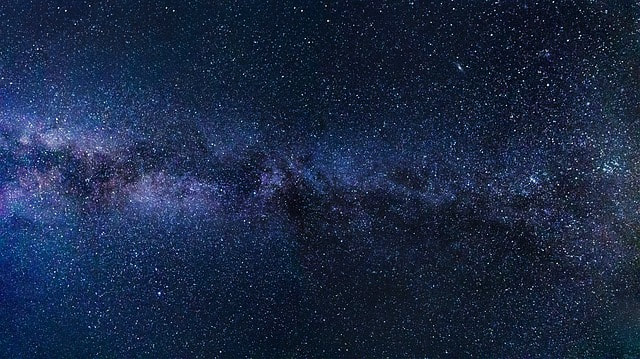
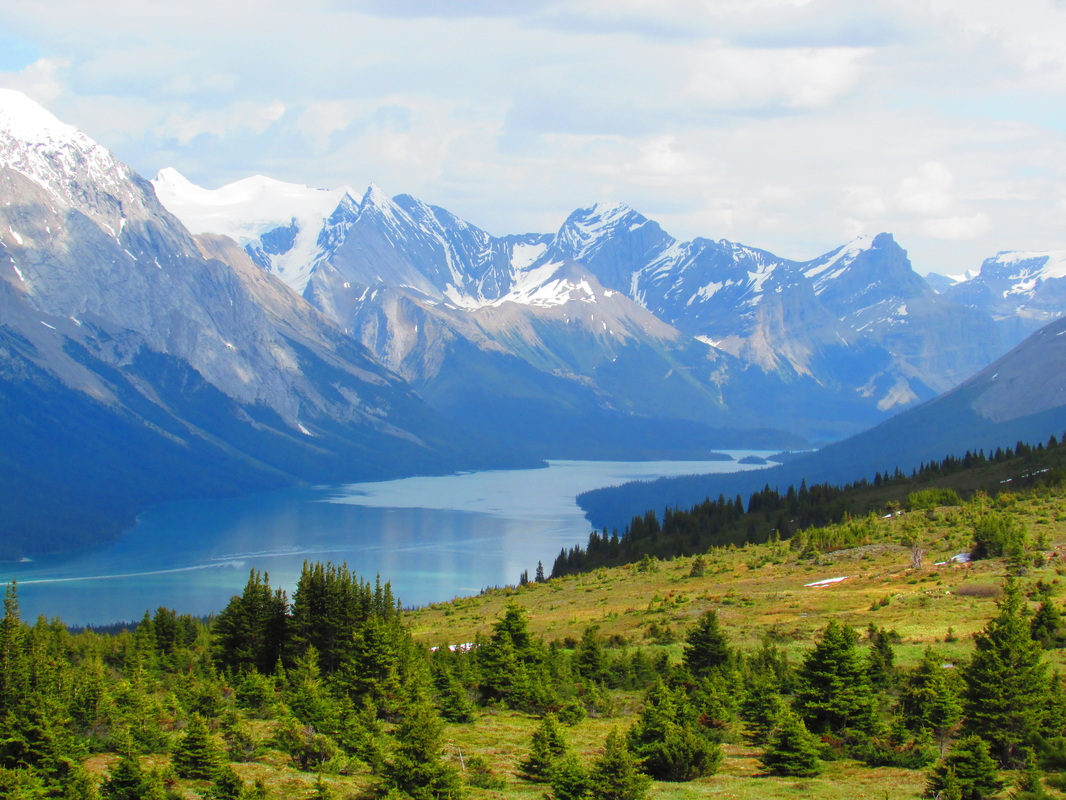
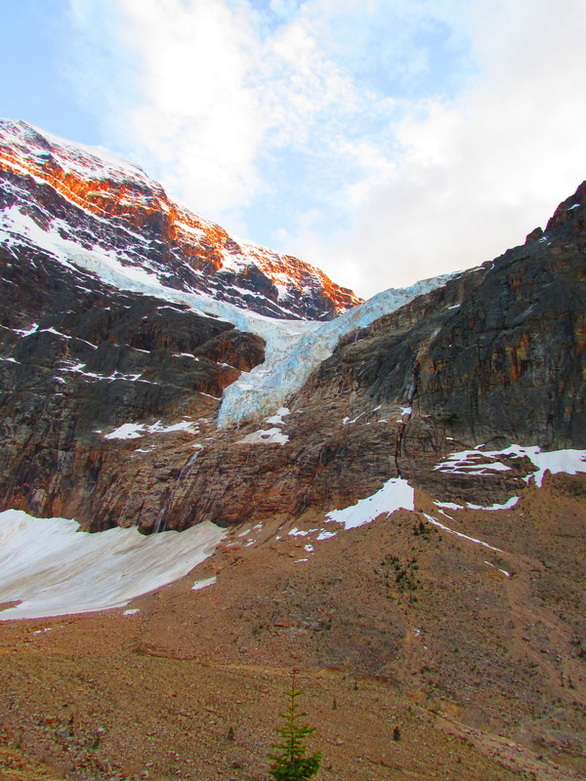
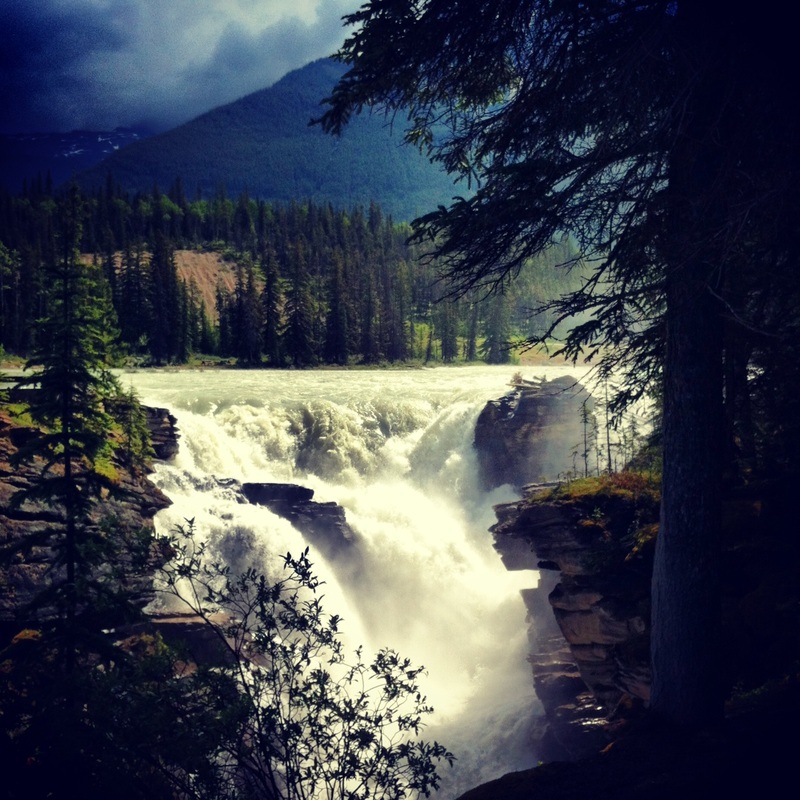
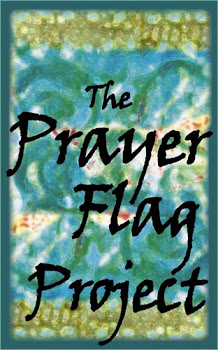
 RSS Feed
RSS Feed
